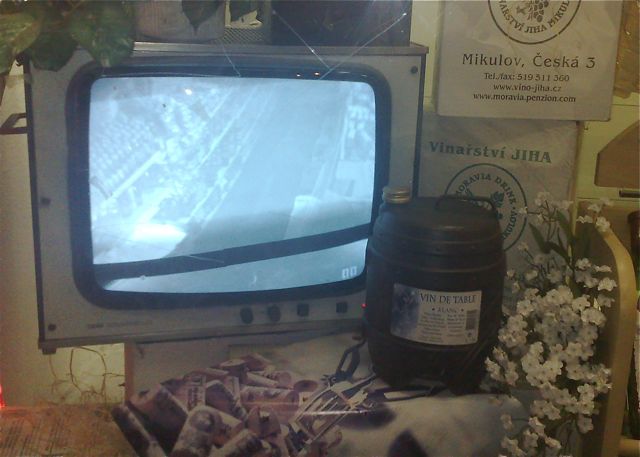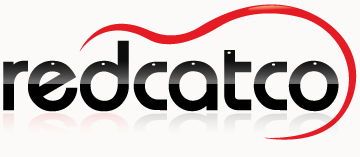Is Broadcasting Something to Shout About?

What is happening to traditional broadcasters? Who are the new broadcasters? How should we use broadcast media? What is broadcast media becoming? How do companies communicate in the emerging broadcast world order? These were just some of the topics from the Rebecca Caroe/Creative Agency Secrets “Should Brands be Broadcasters?” event.
It stimulated lots of thinking, and there are certainly some big issues to deal with. The three speakers were:
- Charlie Robertson of Red Spider.
- Andrew Howells of Zype.
- Quentin Boyes of Honeycomb Software.
For those that missed then, Qik‘s Mireira Fontbernat vidoed the sessions: Videos from “Should Brands be Broadcasters?”. I’m not sure the event being broadcast via Qik falls into the “ironic” bucket or not. Regardless, very useful, and a sign of the times: One person with a mobile phone can broadcast an event across the globe, receiving questions in real-time from the viewers. It feels a little like the future.
- Traditional broadcasters are moving into community building.
- The big brands are using their own broadcast media to create interaction.
- Individuals themselves are becoming broadcasters (via blogs, vlogs, Facebook, Twitter, …).
Charlie spoke about some of his work in creating more interactive, community-based experiences for broadcasters. Enough to be worth a whole separate post on the nature of community. Andrew talked about Honda’s recent marketing (see the Honda channel on YouTube to see some of their content) and the use of Homechoice (owned by Tiscali) as an interactive TV platform. The fact that a company most known for being an Internet Service Provider bought an IPTV service provider tells you something about the changes afoot.
Of course, the idea of broadcasters and brands having a conversation is really an illusion. The problem with conversations, as Twitter users know, is that they don’t scale well. The reason brands used broadcast media in the first place wass the ability for a few people to reach several million.
There are costs to that efficiency. Traditional broadcasting is one-way. That makes broadcasting efficient for the sender, but not for the receiver. When I watch a broadcast, it isn’t tuned to my needs or where I am at right now. My only control is to turn it off, just as I turn it on. Broadcast is also a time sink. If 100 of my friends start broadcasting even 1% of their life, keeping up with it all would consume 100% of mine. I wouldn’t even have enough time left to do my own broadcasting! Shocking. Some would say that might be a good thing. Just one minute of broadcast video could consume hundreds of hours worth of other people’s time.
When media was expensive to create, there were man barriers – good and bad. Volume was low, quality was (usually) high. With low cost broadcasting, thanks to the Internet and much more affordable video kit, those barriers have moved. Loose a day watching YouTube and you’ll feel how.
New media is blurring the lines between broadcast and personalized two-way communication. I can watch a Qik video broadcast and send comments back to the person filming. With services like Blogstar the producer not only has chat, but they can also turn the camera on the audience members – as I discovered during Phil Cambell’s The Gravity show. It certainly ramped up my participation!
What conversations have, that broadcasting looses, is that ability to listen. Listening creates interaction and context. In a conversation, I can listen to the other person and understand where they are coming from. And perhaps what they want too. I can tailor what I say to take account of what they already know, and better explain what they don’t. That conversation is unique.
A conversation is a kind of negotiation, or a knowledge journey. Traditional marketing fails at this, spectacularly. That is why it wastes so much time (for the receiver and the sender). Being efficient is more about the listening than the speaking, and listening takes an investment of time.
In the workshop I ran this week, looking at creating service level agreements and managing to them, the big take away was the importance of listening. Companies and people are all too keen to ‘get their message out there’. More often that not, a little listening saves a lot of talking. We need some technologies to balance all of this new broadcast media – filtering or switching off is only part of the answer.
When we listen more, we need to do less.


[…] video again. Some of the discussion was along the lines of can brands be broadcasters (see “is broadcasting something to shout about?”), and also in some very different directions. Video format social media as a marketing tool […]